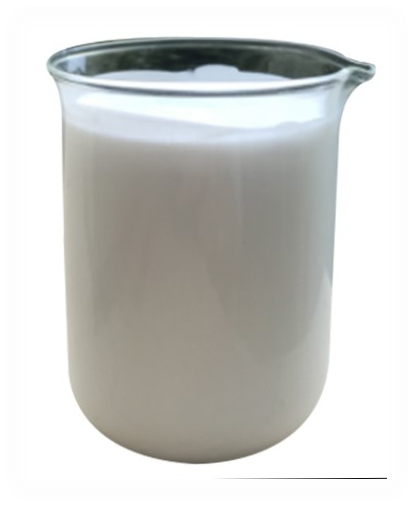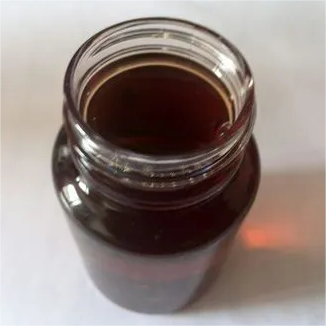Surfactant Savvy: Mastering the Breath of Life for Fragile Lungs
(How To Administer Surfactant)
Giving a newborn their first breath is a powerful moment. For some babies, especially those arriving far too early, taking that first breath is incredibly hard. Their tiny lungs lack a crucial substance: surfactant. Administering surfactant can be the difference between struggling and thriving. This guide breaks down the vital ‘how’ and ‘why’ of surfactant therapy, making complex medical care clear.
**Main Product Keyword:** Surfactant
**1. What is Surfactant? Lung’s Built-In Bubble Maker**
Think of surfactant as your lungs’ own special soap. It coats the inside of the tiny air sacs called alveoli. These sacs are where oxygen enters the blood and carbon dioxide leaves. Surfactant has a critical job. It dramatically lowers the surface tension of the fluid lining these sacs.
Without surfactant, surface tension is high. High surface tension makes the alveoli stiff and hard to inflate. They collapse easily, like a balloon without enough air. This collapse is called atelectasis. Atelectasis makes breathing exhausting. The baby needs to work much harder for every breath.
Natural surfactant is produced by special cells in the lungs. Production usually ramps up late in pregnancy. Babies born prematurely, especially before 32 weeks, often haven’t made enough yet. This leads to Respiratory Distress Syndrome (RDS). RDS is a major cause of breathing problems in preemies. Surfactant replacement therapy directly addresses this deficiency.
**2. Why Surfactant Matters: Preventing Tiny Lungs from Collapsing**
The importance of surfactant cannot be overstated. It’s fundamental for breathing efficiency. Here’s why it matters so much:
Surfactant reduces the work of breathing. By lowering surface tension, it lets the tiny air sacs inflate easily. They stay open with much less effort. This is crucial for a fragile newborn with limited energy reserves. Struggling to breathe burns precious calories needed for growth.
Surfactant prevents lung collapse. It stops the alveoli from sticking together and collapsing after each breath out. Open alveoli mean more surface area for oxygen to get into the blood. Better oxygen levels mean healthier organs and tissues.
Surfactant protects the lungs. When alveoli collapse repeatedly, it damages the delicate lung tissue. Surfactant helps maintain stability. This reduces injury and lowers the risk of serious complications like chronic lung disease. Surfactant therapy is a cornerstone treatment for RDS. It significantly improves survival rates and reduces long-term breathing problems in premature infants.
**3. How Surfactant is Administered: A Delicate Delivery**
Giving surfactant to a premature baby is a precise procedure. It requires skill and careful preparation. The goal is to get the medicine directly into the lungs where it works. Here’s the typical process:
First, the baby needs stable access to the airway. This usually means the baby is already intubated. Intubation involves placing a thin, flexible breathing tube down the windpipe. This tube connects to a ventilator helping the baby breathe. The surfactant is given through this tube.
The surfactant comes as a sterile liquid. The medical team prepares the exact dose based on the baby’s weight. They warm the vial gently. Cold surfactant can cause problems like a slow heart rate.
The doctor carefully disconnects the ventilator tubing briefly. They insert a thin catheter down the breathing tube. The surfactant is slowly instilled through this catheter. The dose is usually split. They give half the dose while turning the baby slightly to one side. Then they turn the baby to the other side for the remaining half. This helps spread the medicine throughout both lungs.
After giving the dose, the doctor reconnects the ventilator. They often manually ‘bag’ the baby for a short time. This means gently squeezing a bag attached to the breathing tube. This helps push the surfactant deeper into the lungs. The baby is monitored closely for changes in breathing, heart rate, and oxygen levels. Sometimes a second or even third dose is needed later.
**4. Surfactant Applications: Beyond the Tiniest Babies**
Surfactant therapy is best known for saving premature infants with RDS. Its use extends beyond this primary group. Understanding its applications shows its wide impact.
The most common use is treating Respiratory Distress Syndrome in premature infants. This remains its lifesaving core application. It’s standard care for babies born very early showing signs of surfactant deficiency.
Surfactant is sometimes used preventively. Doctors might give it immediately after birth to extremely premature babies. They do this even before clear signs of RDS appear. This proactive approach aims to prevent RDS from developing or becoming severe.
Surfactant can also be a rescue treatment. Babies with severe RDS who haven’t received it early might get it later. This is if their breathing difficulties worsen significantly despite other support.
Research explores surfactant use in other lung conditions. These include meconium aspiration syndrome and severe pneumonia. In these cases, lung injury washes out or damages natural surfactant. Replacing it might help. Its use in these situations is less routine. It often happens within clinical trials or specific protocols. Adult applications exist too, like treating Acute Respiratory Distress Syndrome (ARDS), but are less common than in newborns.
**5. Surfactant FAQs: Your Top Questions Answered**
Parents facing surfactant therapy for their newborn naturally have questions. Here are clear answers to common concerns:
Is surfactant safe? Yes, surfactant therapy is very safe overall. The benefits far outweigh the risks for premature babies with RDS. Potential side effects exist but are usually manageable. These include temporary drops in heart rate or oxygen levels during administration. Doctors watch closely for these and act quickly if needed.
How quickly does surfactant work? You often see improvement fast. Many babies show better oxygen levels within minutes or hours. Lung expansion on X-rays usually improves within a few hours. The full effect builds over the first day or so. The baby might still need breathing support like a ventilator or CPAP, but often at lower settings.
Can surfactant be given more than once? Yes. Some babies need only one dose. Others, especially the smallest or sickest, might need a second dose. Doctors decide this based on the baby’s breathing and oxygen needs. A third dose is less common but possible.
Is surfactant natural or artificial? Both types exist. Natural surfactants are extracted from animal lungs (like cows or pigs). Artificial surfactants are made in a lab. Both are effective. Doctors choose based on hospital protocols, cost, and specific situations. Natural surfactants are more commonly used initially.
(How To Administer Surfactant)
What happens if my baby doesn’t get surfactant? For premature babies with significant RDS, not getting surfactant is risky. Breathing becomes extremely hard. The baby can become exhausted. Oxygen levels drop dangerously low. This significantly increases the risk of lung damage, other organ problems, and even death. Surfactant therapy is a vital intervention proven to save lives.
Inquiry us
if you want to want to know more, please feel free to contact us.




